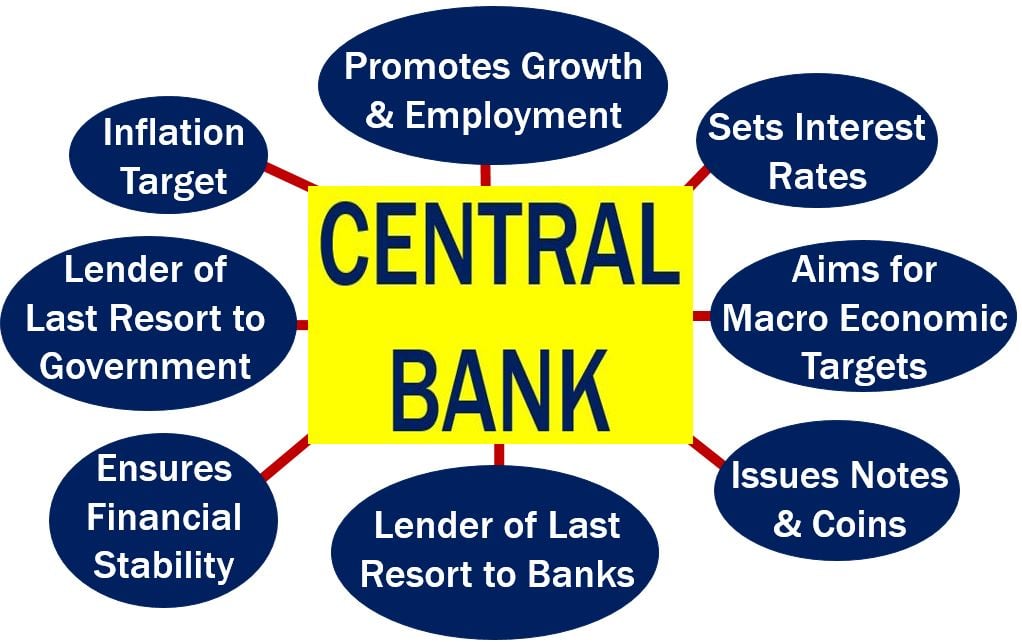Currency intervention is a crucial tool utilized by central banks to influence the value of their domestic currency in the foreign exchange market. This strategy involves buying or selling currencies to stabilize exchange rates, improve trade competitiveness, or combat inflation. Understanding Currency Intervention: A Central Bank’s Tool delves into the various types, motivations, effectiveness, challenges, recent examples, and policy considerations related to this practice. By exploring the intricacies of currency intervention, readers can gain insight into how central banks navigate the complexities of global financial markets to achieve their economic objectives, such as promoting price stability and supporting economic growth.

Exploring Different Types of Currency Intervention
Direct Intervention
Central banks engage in direct intervention by buying or selling currencies in the foreign exchange market. This method aims to influence exchange rates by adjusting supply and demand for the domestic currency. Through direct actions, central banks can stabilize currency value and address market imbalances effectively.
Indirect Intervention
In contrast to direct intervention, central banks employ indirect methods like adjusting interest rates through monetary policy to impact currency values. Interest rate changes can affect capital flows and investor sentiment, indirectly influencing exchange rates. This approach allows central banks to exercise control over currency value without direct market transactions.
Coordinated Intervention
Coordinated intervention involves multiple central banks working together to address currency fluctuations. By pooling resources and coordinating efforts, central banks can amplify the impact of their interventions and enhance market stability. This collaborative approach is employed in times of significant currency volatility to achieve more substantial and coordinated results.

Motivations for Currency Intervention
Exchange Rate Stability
Central banks engage in currency intervention to uphold exchange rate stability. By buying or selling currencies, they can mitigate extreme fluctuations, fostering a predictable environment for trade and investment. This stability bolsters confidence in the domestic currency, attracting foreign investors and supporting economic growth.
Inflation Management
One of the key motivations for currency intervention is managing inflation. Central banks adjust the value of their domestic currency to influence import prices, thus impacting domestic inflation levels. By controlling inflation through currency intervention, central banks can uphold price stability and ensure a sustainable economic environment.
Economic Growth
Currency intervention plays a vital role in fostering economic growth. Central banks may intervene to promote exports by depreciating the domestic currency, making exports more competitive in international markets. Conversely, a central bank could strengthen the currency to protect domestic industries from foreign competition, supporting overall economic development.

Noteworthy Recent Instances of Currency Intervention
Swiss National Bank’s Strategic Move in 2015
In 2015, the Swiss National Bank shocked markets by discontinuing the peg of the Swiss franc to the euro. This unexpected decision led to significant market turbulence as the franc soared in value, showcasing the profound impact of central bank intervention on currency dynamics.
Bank of Japan’s Strategic Approach with Quantitative Easing
The Bank of Japan implemented a quantitative easing program to spur economic growth and combat deflation, leading to a deliberate weakening of the yen. This intervention aimed to boost export competitiveness and stimulate inflation, illustrating how central banks strategically utilize currency interventions to achieve economic objectives.
U.S. Federal Reserve’s Resilience During the 2008 Financial Crisis
Amid the 2008 financial crisis, the U.S. Federal Reserve intervened decisively to stabilize the dollar and restore market confidence. Through various monetary policy measures, including interest rate adjustments and asset purchases, the Fed demonstrated the pivotal role of currency intervention in maintaining financial stability during turbulent economic periods.

Key Policy Considerations for Currency Intervention
Transparency in Intervention
Transparency is vital in currency intervention. Central banks must communicate their strategies openly to minimize market uncertainty. Clear communication about objectives and methods enhances market predictability and reduces the risk of misinterpretation, fostering trust between the central bank, market participants, and the public.
Coordination with Economic Policies
Effective currency intervention requires coordination with broader economic policies. Central banks must align their intervention actions with fiscal and monetary policies to ensure consistency and maximize the impact on the overall economy. Coordination helps avoid conflicting policy measures that could undermine intervention efforts.
Developing an Exit Strategy
Central banks undertaking currency intervention must plan an exit strategy. An exit strategy outlines how and when intervention activities will cease, supporting a smooth transition back to market-driven exchange rate mechanisms. A well-thought-out exit plan minimizes disruptions and promotes market stability post-intervention.